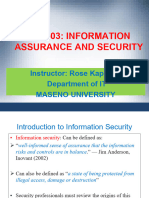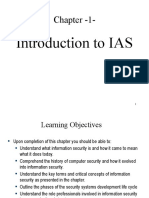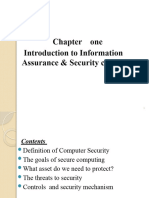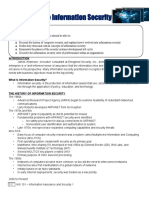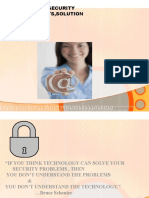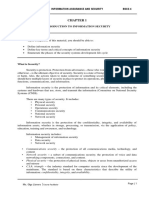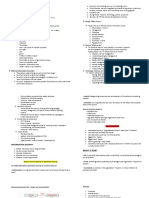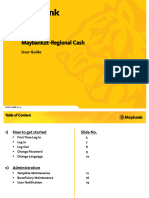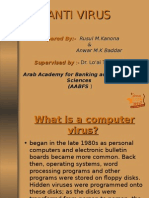0% found this document useful (0 votes)
37 views49 pagesInfoSec Lect2
The document discusses various aspects of information security, including vulnerabilities, backdoors, and cyber crime prevention strategies. It emphasizes the importance of protecting data, managing threats, and balancing security with access in organizational settings. Additionally, it outlines the roles of management and technology in ensuring effective information security practices.
Uploaded by
9811765048yadavCopyright
© © All Rights Reserved
We take content rights seriously. If you suspect this is your content, claim it here.
Available Formats
Download as PDF, TXT or read online on Scribd
0% found this document useful (0 votes)
37 views49 pagesInfoSec Lect2
The document discusses various aspects of information security, including vulnerabilities, backdoors, and cyber crime prevention strategies. It emphasizes the importance of protecting data, managing threats, and balancing security with access in organizational settings. Additionally, it outlines the roles of management and technology in ensuring effective information security practices.
Uploaded by
9811765048yadavCopyright
© © All Rights Reserved
We take content rights seriously. If you suspect this is your content, claim it here.
Available Formats
Download as PDF, TXT or read online on Scribd
/ 49
